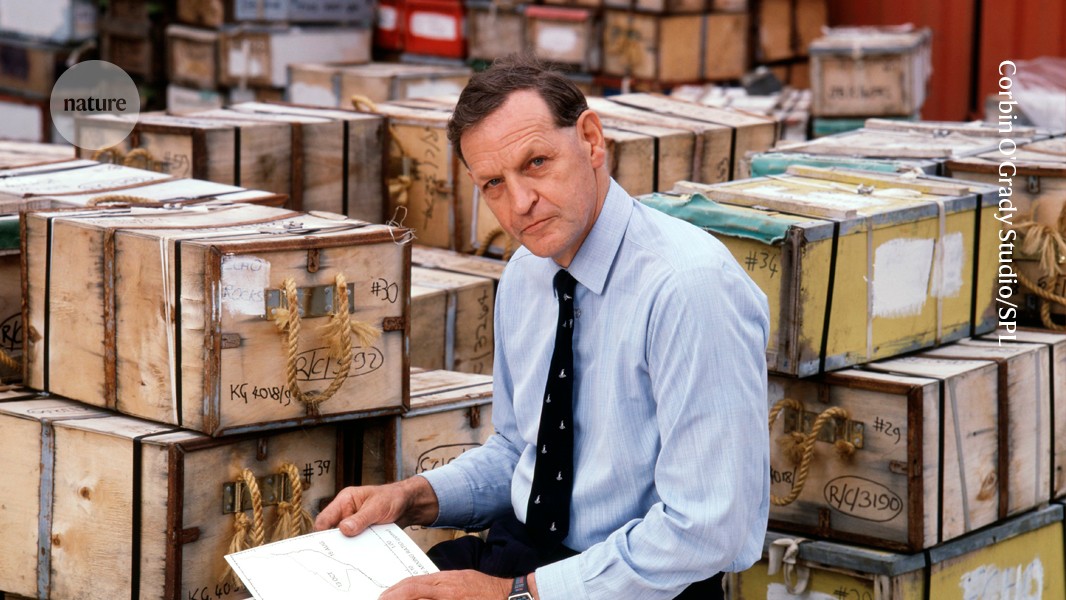
"In 1985, scientists identified significant ozone depletion over Antarctica, prompting global action and the creation of the Montreal Protocolâa successful environmental treaty."
"Chemists Molina and Rowland's groundbreaking research on CFCs catalyzed international concern about ozone depletion, leading to proactive regulatory measures in the late 1970s."
In May 1985, researchers reported significant ozone layer depletion over Antarctica, initiating a rapid international response. This discovery built on years of research into chlorofluorocarbons (CFCs), which posed a threat to ozone. Key studies by chemists Molina and Rowland elucidated how CFCs released chlorine that damaged ozone, an insight that fueled environmental activism and regulation, including the U.S. ban on CFCs in 1978. The collaboration and swift action culminated in the Montreal Protocol, a successful global treaty that serves as a model for addressing environmental challenges today.
#ozone-depletion #montreal-protocol #international-cooperation #environmental-science #climate-change
Read at Nature
Unable to calculate read time
Collection
[
|
...
]